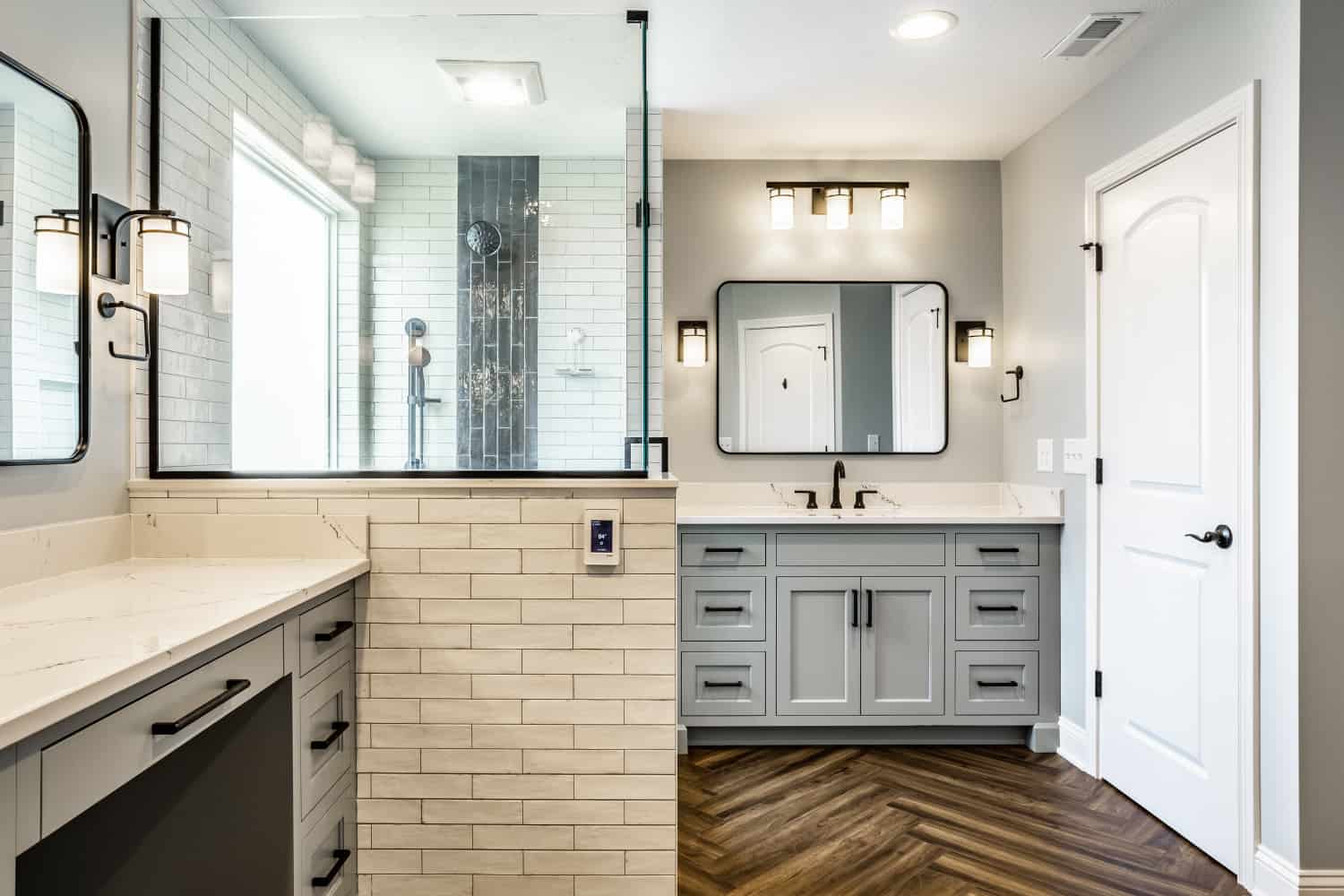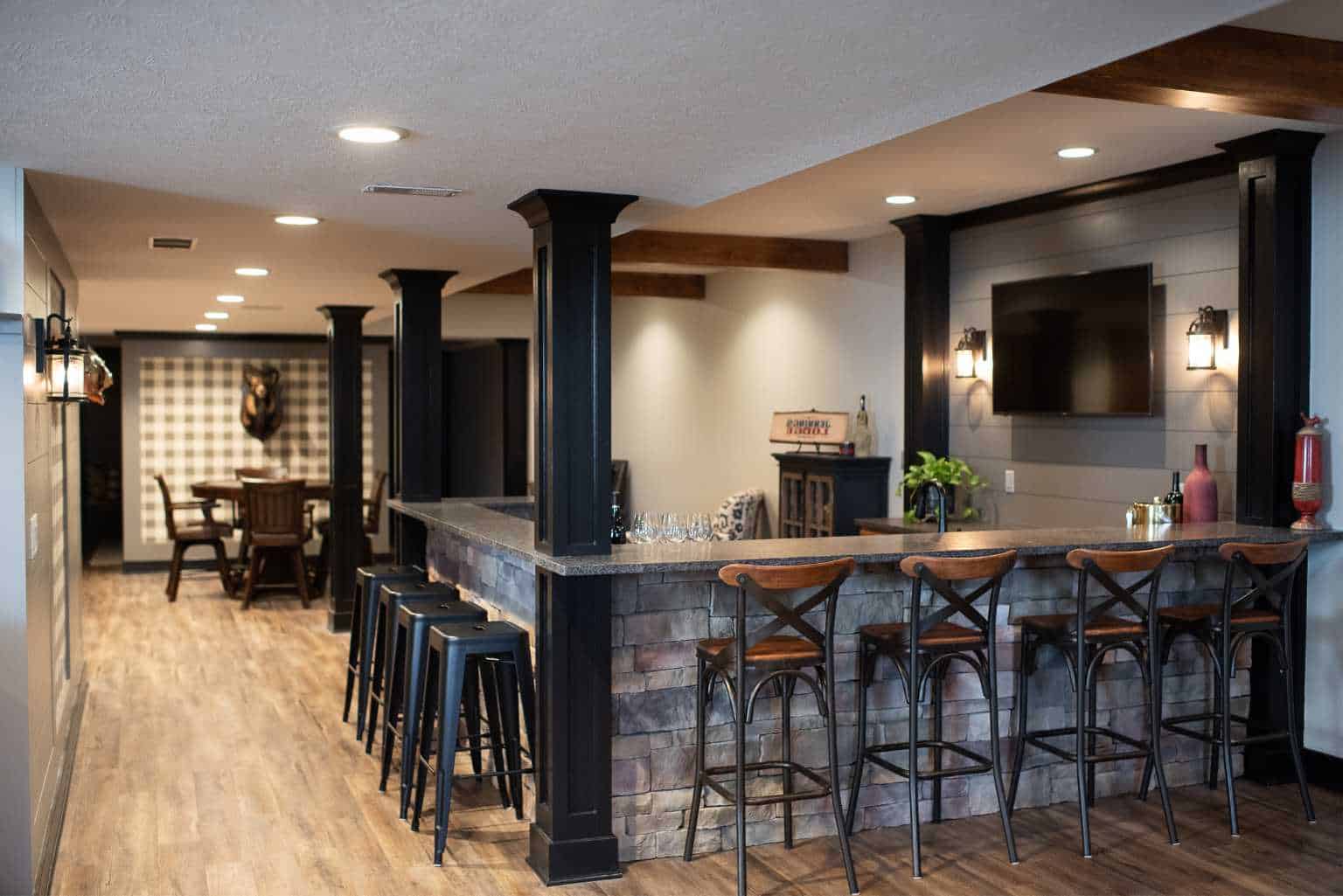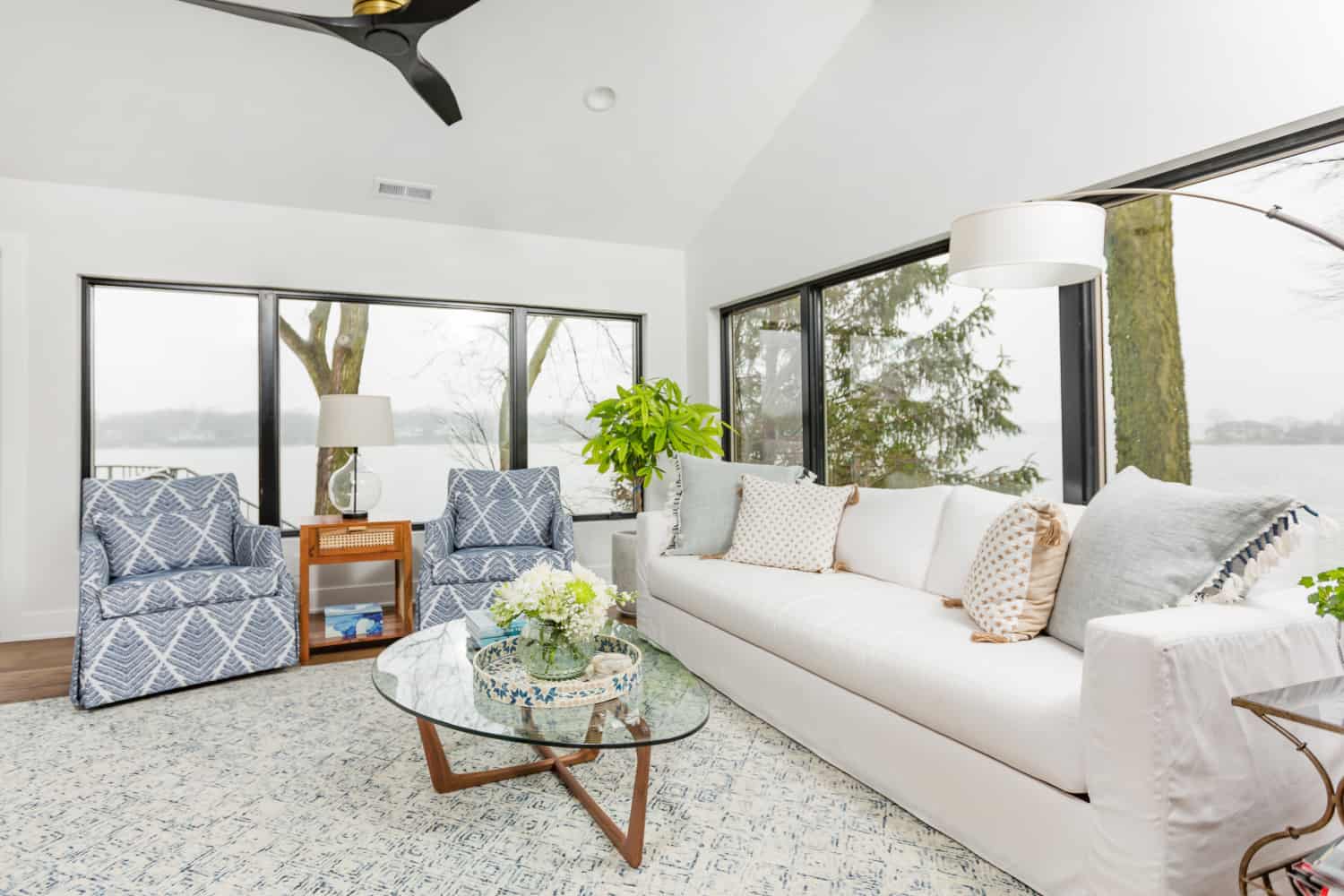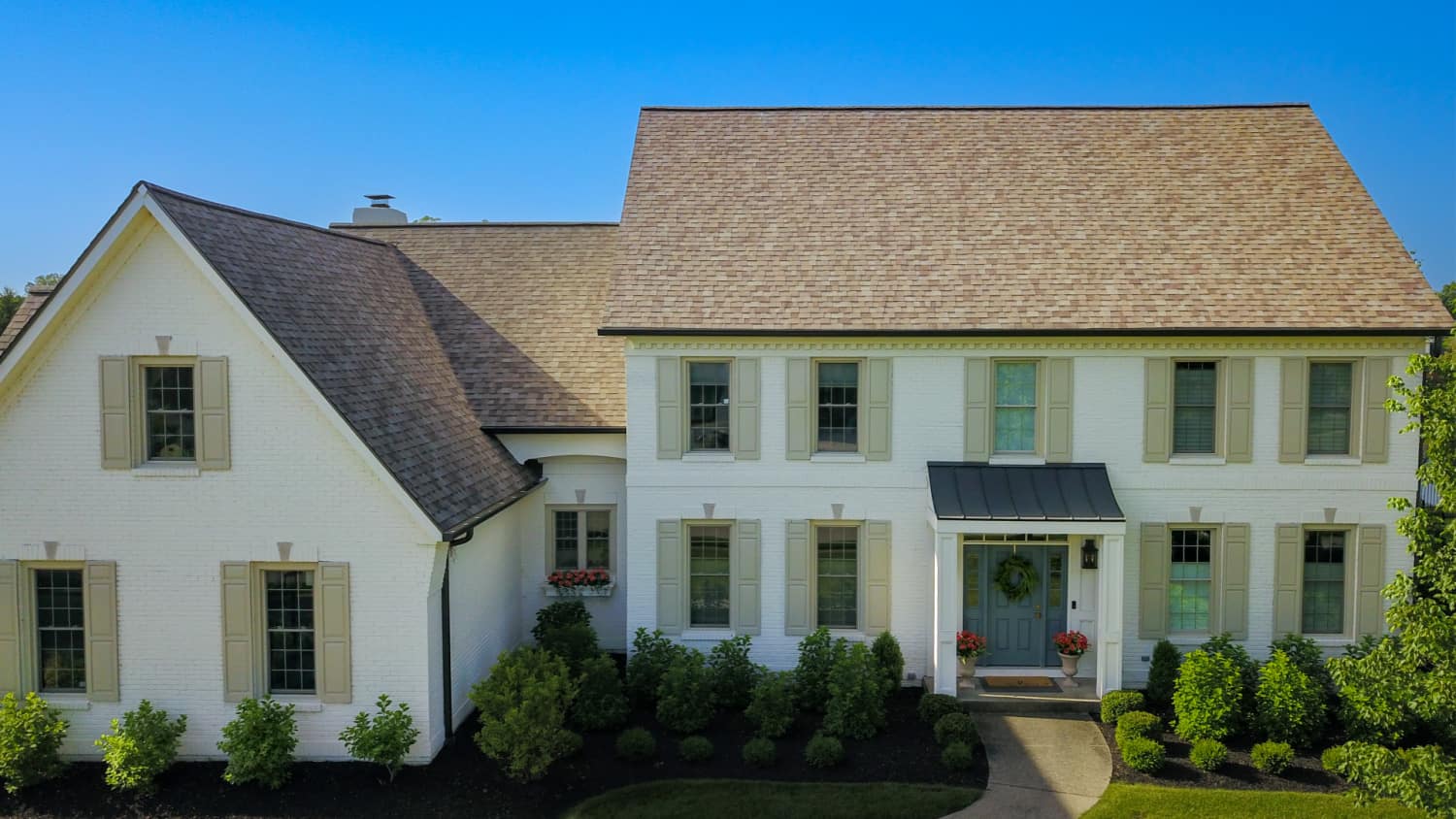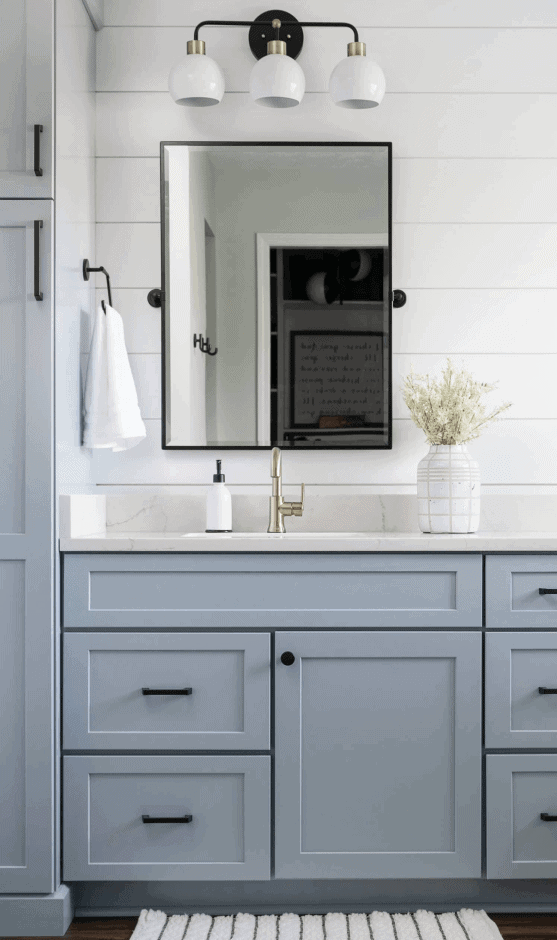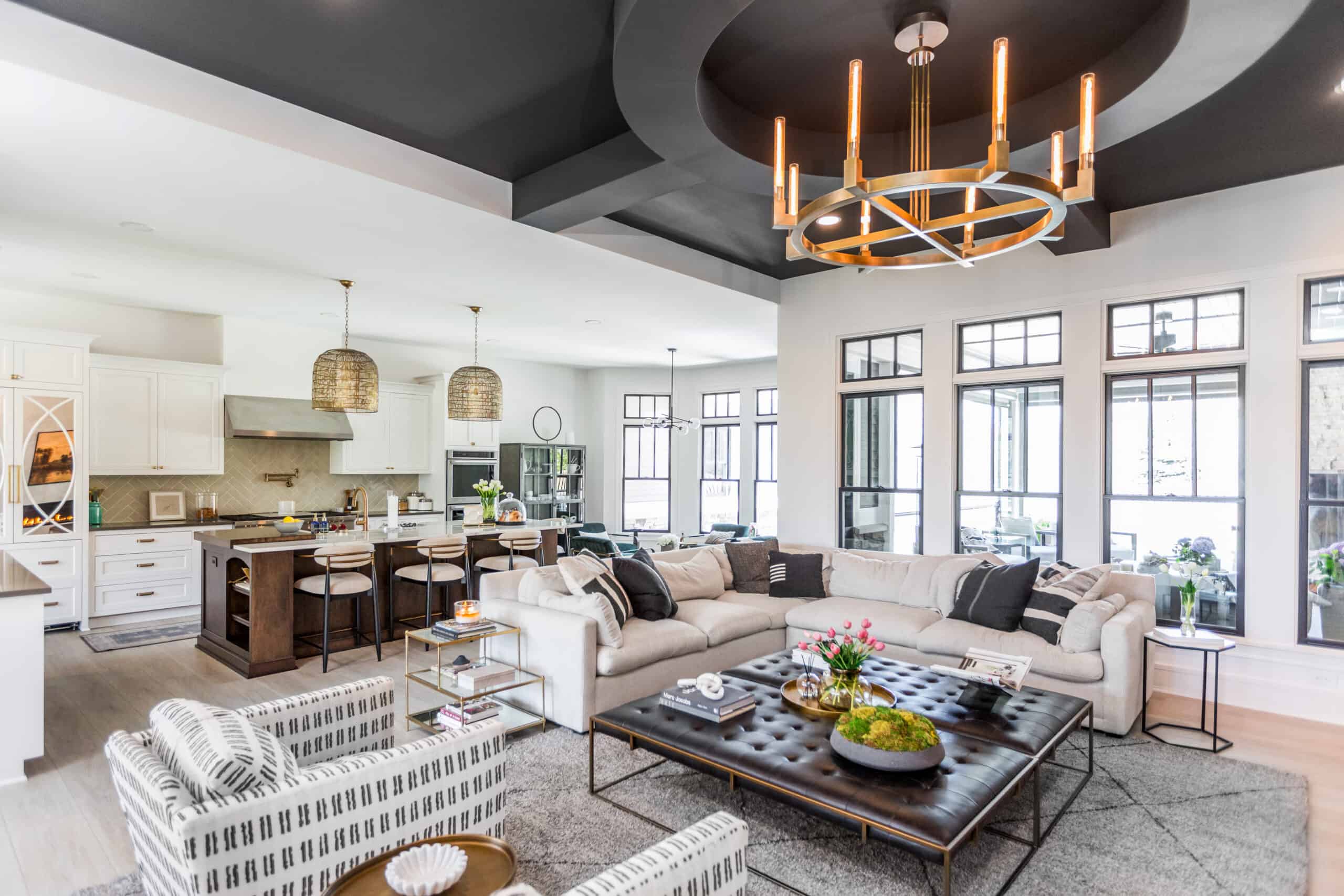Remodeling your home is an exciting endeavor that can significantly enhance your living space and add value to your property. However, without a well-thought-out plan, the process can quickly become overwhelming. This guide will walk you through the essential steps to create a successful home remodeling plan, ensuring your project is organized, stays within budget, and meets your needs.
10 Steps to Creating a Home Remodeling Plan
1. Define Your Goals and Budget
The first step in creating a home remodeling plan is to clearly define your goals and establish a realistic budget.
Identify Your Needs and Wants:
Start by making a comprehensive list of what you want to achieve with your remodel. Do you need more space, updated finishes, or improved functionality? Prioritize your needs and distinguish them from your wants to focus on what’s essential.
Set a Budget:
Determine how much you’re willing to spend on the remodeling project. Consider all aspects, including materials, labor, permits, and unexpected expenses. A good rule of thumb is to allocate an additional 10-20% of your budget as a contingency fund for unforeseen costs.
2. Research and Inspiration
Gathering ideas and inspiration is crucial to developing a clear vision for your remodel.
Gather Ideas:
Explore various sources for inspiration, such as home improvement magazines, websites like Pinterest and Houzz, and even visiting model homes or showrooms. Collect images, notes, and samples of designs, materials, and colors that appeal to you.
Consider Trends and Timelessness:
While it’s tempting to follow current trends, it’s essential to balance them with timeless elements that won’t quickly go out of style. This approach ensures that your remodel remains attractive and functional for years to come.
3. Develop a Design
With your goals and inspiration in mind, it’s time to develop a detailed design for your remodeling project.
Create a Vision Board:
Compile your collected images, colors, materials, and styles into a vision board. This visual representation helps you see how different elements work together and refine your ideas.
Sketch Your Ideas:
Draw a rough layout of the changes you want to make. If you’re comfortable with design software, create a digital plan to visualize the new space more accurately.
Hire a Designer or Architect:
For more complex projects, consider hiring a professional designer or architect. Their expertise can help you create detailed plans, ensure structural integrity, and maximize the functionality of your space.
4. Plan the Details
Attention to detail is crucial in the planning stage to avoid costly changes later.
Select Materials and Finishes:
Choose your materials and finishes carefully. Consider factors such as durability, maintenance, and aesthetics. Visit showrooms to see and feel the materials in person.
Plan the Layout:
Ensure that your new layout improves the functionality and flow of your home. Think about how you use each space and arrange the elements to enhance convenience and comfort.
Obtain Permits:
Check with your local authorities to determine if you need permits for your remodeling project. Obtaining the necessary permits ensures that your work complies with local building codes and regulations.
5. Find Contractors and Get Quotes
Selecting the right contractor is vital for a successful remodel.
Research Contractors:
Look for reputable contractors with good reviews and extensive experience in the type of work you need. Personal recommendations from friends and family can also be valuable.
Get Multiple Quotes:
Obtain at least three quotes to compare prices and services. Be wary of quotes that are significantly lower than others, as they may indicate lower quality work or hidden costs.
Check References and Licenses:
Verify the contractor’s credentials, including licenses and insurance. Speak to previous clients to get feedback on their experiences and the quality of work.
6. Create a Timeline
A well-defined timeline helps keep your project on track and minimizes disruptions.
Set a Start Date:
Plan a start date that works for your schedule. Consider any significant events or holidays that might interfere with the project.
Estimate Duration:
Discuss the timeline with your contractor and set realistic expectations for the project’s completion. Factor in potential delays due to weather, material availability, or other unforeseen issues.
7. Prepare for the Remodel
Proper preparation can make the remodeling process smoother and less stressful.
Declutter and Move Belongings:
Clear out the areas that will be remodeled. This step protects your belongings from dust and damage and provides the workers with a clear space to work.
Set Up a Temporary Living Space:
If your remodel affects essential areas like the kitchen or bathroom, set up a temporary space to use during the project. This setup can help you maintain some normalcy during the construction.
Communicate with Your Contractor:
Maintain open and regular communication with your contractor. Address any concerns or questions promptly to avoid misunderstandings and ensure the project stays on track.
8. Execute the Plan
With everything in place, it’s time to execute your remodeling plan.
Monitor Progress:
Regularly check in on the project’s progress. Ensure that the work aligns with the plans and specifications. If any issues arise, address them immediately with your contractor.
Handle Issues Promptly:
Be prepared for minor setbacks and changes. Flexibility and prompt decision-making can help keep the project on track and within budget.
Stay Flexible:
Understand that remodeling projects often require adjustments. Stay flexible and open to changes that might improve the overall outcome.
9. Finalize and Inspect
As the project nears completion, it’s crucial to finalize and inspect the work thoroughly.
Final Walkthrough:
Conduct a final walkthrough with your contractor to ensure everything is completed to your satisfaction. Make a list of any outstanding issues or touch-ups needed.
Inspect the Work:
Ensure all work meets your expectations and complies with local building codes. Don’t hesitate to request corrections if something isn’t right.
Make Final Payments:
Once you are satisfied with the work, make the final payments to your contractor. Ensure that all agreements are honored before completing the financial transaction.
10. Enjoy Your New Space
After months of planning and hard work, it’s time to enjoy your newly remodeled space and make your house a home!
Conclusion
Creating a home remodeling plan involves careful planning, detailed execution, and flexibility. By following these steps, you can ensure a smooth and successful project that enhances your living space and adds value to your home. If you would like to keep reading tips for your home remodeling plan, click here. However, if you’re seeking professional assistance, reach out to Nicholas Design Build. Our expert team has the skills and creativity to transform your home and bring your vision to life.

